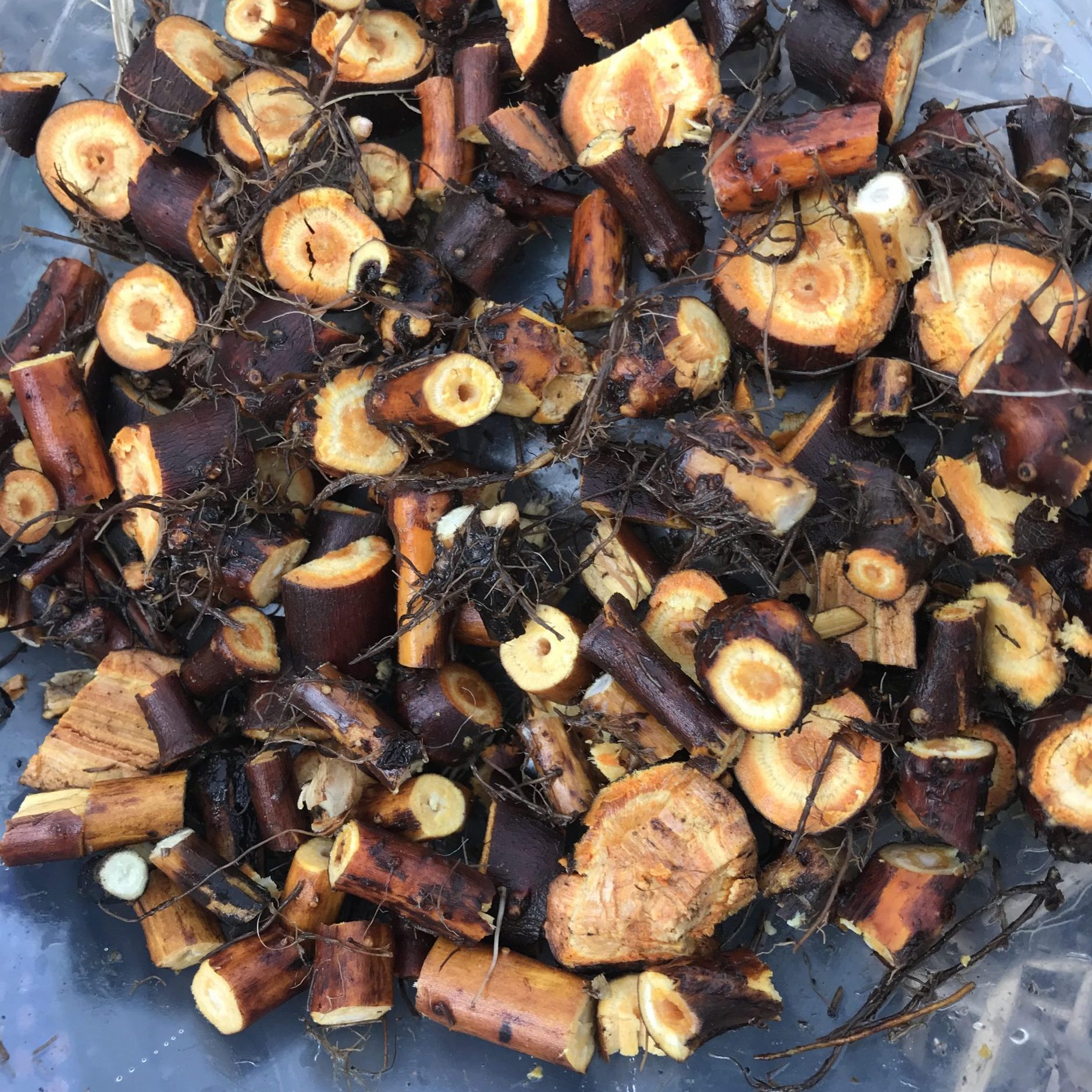Japanese knotweed is an invasive non-native perennial plant which is controlled by legislation in the UK. It is not illegal to have this plant in your garden, however it’s spread must be controlled. It is an offence to cause this plant to grow in the wild.
Japanese knotweed is one of the key herbs used in the CLAID clinic for supporting people with Lyme disease and associated infection. Research shows its action against Borrelia, Bartonella and Rickettsia in vitro. It is anti-inflammatory and stimulates the immune response. It protects brain from inflammatory damage by inhibiting cytokine cascade. It has analgesic action in peripheral neuropathy, joint pain and rheumatoid arthritis. As it contains high levels of the well-researched polyphenol resveratrol it protects and restores connective tissue and provides endothelial protection. It is also thought to be antiviral and can be used to treat EBV.
To identify this plant: In spring, reddish-purple fleshy shoots (which edible and delicious!) emerge from pink buds at ground level. These grow quickly, producing dense stands of tall canes which grow to around 2m tall. These green canes have characteristic purple flecks and produce branches from nodes along its length. The plant produces creamy white flowers in late summer/early autumn. It rarely sets seed in the UK however spreads easily through tiny pieces of rhizome.
Japanese knotweed’s controlled status renders it a challenge to harvest and prepare this herb for medicinal use. Many areas are chemically treated to reduce spread; therefore, I chose to harvest from locations where I know the landowners and am assured that there has never been herbicide treatment applied. The following is an account of how I tincture this plant for use in my practice.
A tincture is an extract of a plant or a mixture of plants in alcohol intended for internal or external medicinal use. Research suggests that a 60% alcohol extract of Japanese knotweed has the highest activity against Borrelia in vitro. When I plan to make Japanese knotweed tincture, I take all of my tincture making equipment to the site of the plant, rather than bringing the plant to my workshop to avoid removal of the live plant from the area and spread into the wild.
The strong deep roots and rhizomes are first dug then thoroughly washed and scrubbed clean. I then cut them into sections with sharp secateurs. The roots are then placed into large glass preserving jars,
weighed and covered with 60% alcohol at one part root to two parts total liquid (e.g. 500g root to 1000ml liquid). The jar is labelled and will be stored in a cool dark place for one month until ready to press.
All equipment is thoroughly washed on site and the sealed jars transported to my dispensary. After one month of storage the tincture is ready to press. I use a wine press for this. The filtered liquid is then bottled, labelled and is now ready to use. The plant material is no longer able to grow after being doused in alcohol for a month, however to be on the safe side it is then air dried and burned.
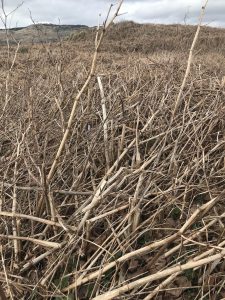
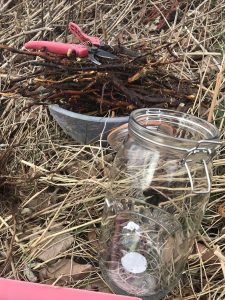
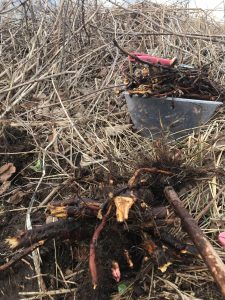
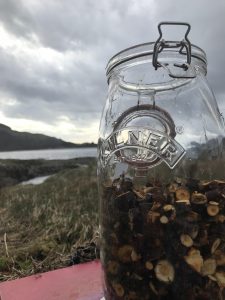
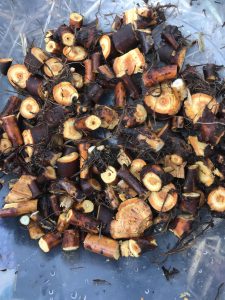

Author: Clare Holohan BSc (Hons) MNIMH, Medical Herbalist & CLAID Herbalist
